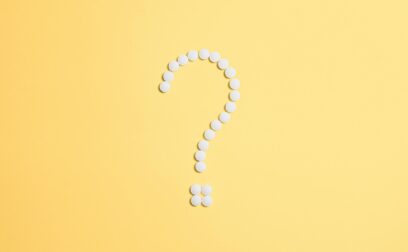Definition
A balance sheet is a financial statement that provides a snapshot of a company’s financial position at a specific point in time. It presents a summary of the company’s assets, liabilities, and shareholders’ equity, showing how these elements are balanced or equal.
What is a balance sheet?
Here’s a breakdown of the components found on a balance sheet:
- Assets: These are the resources owned by the company that have economic value. Assets are typically categorised into current assets (those that are expected to be converted into cash or used up within a year) and non-current assets (those with a longer lifespan). Examples of assets include cash, accounts receivable, inventory, property, equipment, and investments.
- Liabilities: These are the company’s obligations or debts to external parties. Similar to assets, liabilities are divided into current liabilities (debts due within a year) and non-current liabilities (long-term debts). Examples of liabilities include accounts payable, loans, bonds, and other forms of debt.
- Shareholders’ equity: Also known as owners’ equity or net worth, this represents the residual interest in the company’s assets after deducting its liabilities. It includes the initial investment by the shareholders plus any retained earnings generated by the company’s operations.
The balance sheet follows the fundamental accounting equation: Assets = liabilities + shareholders’ equity. This equation ensures that the company’s resources (assets) are financed by either external sources (liabilities) or internal sources (shareholders’ equity).
Balance sheets are essential financial documents used by investors, analysts, creditors, and management to assess a company’s financial health, liquidity, and overall stability. By analysing the relationships between assets, liabilities, and equity, stakeholders can gain insights into a company’s ability to meet its financial obligations and fund its operations.
Example of a balance sheet
| Assets | Liabilities |
| Current assets: Cash and cash equivalents: $50,000 – Accounts receivable: $80,000 – Inventory: $120,000 Total current assets: $250,000 Property, plant, and equipment: – Land: $100,000 – Buildings: $300,000 – Machinery: $200,000 Total property, plant, and equipment: $600,000 Intangible assets: – Patents: $50,000 – Trademarks: $30,000 – Total intangible assets: $80,000 Total assets: $930,000 | Current liabilities: – Accounts payable: $40,000 – Short-term loans: $60,000 Total current liabilities: $100,000 Long-term liabilities: – Mortgage payable: $200,000 – Bonds payable: $150,000 Total long-term liabilities: $350,000 Total liabilities: $450,000 Equity: – Common stock: $200,000 – Retained earnings: $280,000 Total equity: $480,000 Total liabilities and equity: $930,000 |
This example provides a simplified representation, and actual balance sheets for companies may have additional details and notes.





 yet? Register here!
yet? Register here!